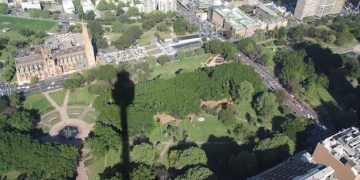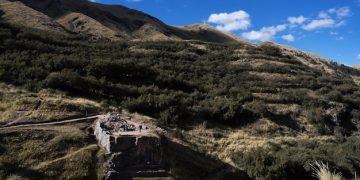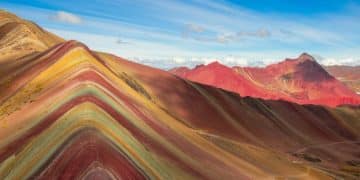Exploring the Sacred Valley: A Comprehensive Guide for US Travelers
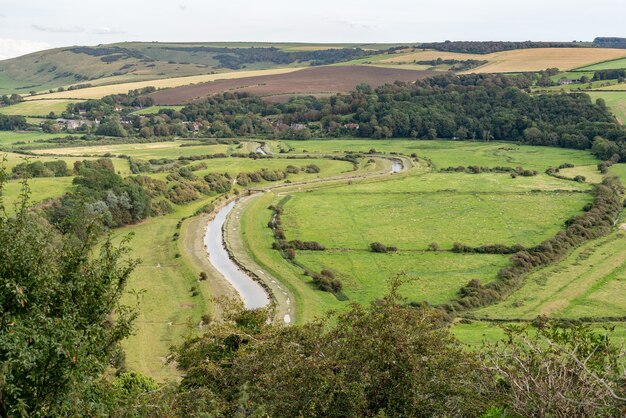
Exploring the Sacred Valley offers US travelers a comprehensive journey through ancient Inca sites, vibrant markets, and stunning Andean landscapes, providing an unforgettable Peruvian experience.
Embark on an unforgettable journey through the heart of Peru with our comprehensive guide to exploring the Sacred Valley. Designed specifically for US travelers, this guide will help you discover the wonders of this ancient land.
Planning Your Trip to the Sacred Valley
Before you pack your bags and head to Peru, careful planning is essential to ensure a smooth and enjoyable experience. This section will guide you through the necessary preparations for your trip to the Sacred Valley.
Best Time to Visit
The dry season, from May to September, is generally considered the best time to visit the Sacred Valley. During these months, you’ll experience sunny days and clear skies, perfect for hiking and exploring the archaeological sites.
Essential Travel Documents
Ensure your passport is valid for at least six months beyond your intended stay in Peru. US citizens do not typically require a visa for tourist stays of up to 180 days. It’s also wise to make copies of your passport and other important documents.
- 🛂 Passport validity: Check that your passport is valid for at least six months beyond your intended stay.
- 📄 Visa requirements: US citizens generally don’t need a visa for tourist stays up to 180 days.
- 🖨️ Copies of documents: Keep copies of your passport, tickets, and other essential documents in a separate location.
Proper planning can make your trip more enjoyable and stress-free, allowing you to fully immerse yourself in the beauty and culture of the Sacred Valley. Take the time to research and prepare thoroughly, and you’ll be well-equipped to make the most of your adventure.
Acclimatizing to the Altitude
The Sacred Valley sits at a high altitude, ranging from 8,000 to 11,000 feet (2,400 to 3,350 meters). Altitude sickness can be a concern for many travelers, especially those arriving directly from lower altitudes. Gradual acclimatization is key to a comfortable trip.
Symptoms of Altitude Sickness
Common symptoms include headache, fatigue, nausea, and shortness of breath. These symptoms can range from mild to severe, affecting your ability to enjoy your trip.
Tips for Acclimatization
Upon arriving in Cusco or the Sacred Valley, take it easy for the first few days. Avoid strenuous activities and give your body time to adjust to the reduced oxygen levels. Staying hydrated and avoiding alcohol can also help.
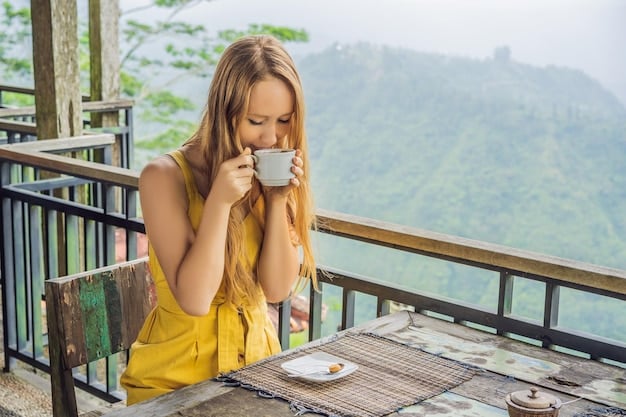
- 💧 Stay hydrated: Drink plenty of water to help your body adjust.
- 🍵 Coca tea: Locals often recommend coca tea, which can help alleviate mild symptoms.
- 💊 Consult your doctor: Discuss altitude sickness medication with your doctor before your trip.
Remember to listen to your body and take it easy. Acclimatizing properly will allow you to fully enjoy the wonders of the Sacred Valley without being hampered by altitude sickness.
Exploring Pisac: Market and Ruins
Pisac is a charming town in the Sacred Valley known for its vibrant market and impressive Inca ruins. It offers a perfect blend of cultural immersion and historical exploration, making it a must-visit destination.
Pisac Market
The Pisac Market is one of the most famous markets in the Sacred Valley, drawing both locals and tourists. Here, you’ll find a wide array of handicrafts, textiles, jewelry, and souvenirs. Be sure to haggle for the best prices.
Pisac Ruins
Overlooking the town, the Pisac ruins are a testament to Inca engineering and architectural prowess. The site includes terraces, temples, and residential areas, offering a glimpse into the lives of the ancient Incas.
- 🚶 Guided tour: Consider taking a guided tour to learn more about the history and significance of the ruins.
- ⛰️ Hiking: The ruins offer excellent hiking opportunities with stunning views of the valley.
- 📸 Photography: Capture the beauty of the ruins and the surrounding landscape.
Pisac’s market and ruins provide a rich cultural and historical experience. Whether you’re shopping for souvenirs or exploring ancient sites, Pisac is sure to leave a lasting impression.
Ollantaytambo: A Living Inca Town
Ollantaytambo is a unique town in the Sacred Valley that has been continuously inhabited since the Inca period. Its well-preserved Inca architecture and strategic location make it a fascinating destination.
Ollantaytambo Fortress
The Ollantaytambo Fortress is an impressive Inca site that served as both a military stronghold and a religious center. The massive terraces and intricate stonework are a testament to Inca engineering.
The Town of Ollantaytambo
Walking through the streets of Ollantaytambo is like stepping back in time. The town retains its original Inca layout, with narrow cobblestone streets and traditional adobe houses.
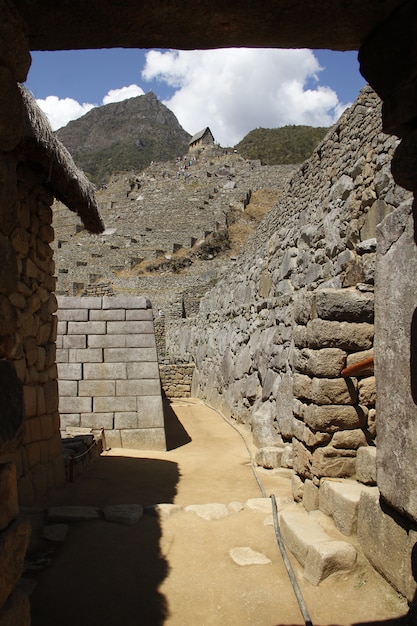
- 🚆 Gateway to Machu Picchu: Ollantaytambo is a major transportation hub for travelers heading to Machu Picchu.
- 🕰️ Living history: Experience the unique blend of ancient traditions and modern life.
- 🏞️ Scenic beauty: Enjoy the stunning views of the surrounding mountains and valleys.
Ollantaytambo offers a unique glimpse into Inca history and culture. Its well-preserved architecture and strategic location make it a must-see destination in the Sacred Valley.
Chinchero: Weaving and Agriculture
Chinchero is a traditional Andean village known for its beautiful textiles and agricultural practices. Located high in the mountains, it offers a unique cultural experience away from the more crowded tourist destinations.
Textile Demonstrations
Chinchero is famous for its traditional weaving techniques, passed down through generations. Local women demonstrate the process of spinning, dyeing, and weaving wool into intricate textiles.
Agricultural Terraces
The agricultural terraces in Chinchero are a testament to Inca ingenuity. These terraces allowed the Incas to cultivate crops on steep mountain slopes, providing sustenance for the community.
- 🧶 Learn about weaving: Participate in a textile workshop and learn about traditional techniques.
- 🥔 See agricultural practices: Observe the traditional farming methods used by local communities.
- 🌄 Enjoy the scenery: Take in the breathtaking views of the surrounding mountains and valleys.
Chinchero offers a unique opportunity to learn about Andean culture and traditions. Its beautiful textiles and agricultural practices make it a worthwhile destination in the Sacred Valley.
Maras and Moray: Salt Mines and Circular Terraces
Maras and Moray are two unique sites in the Sacred Valley that showcase Inca ingenuity. Maras is famous for its salt mines, while Moray is known for its circular agricultural terraces.
Maras Salt Mines
The Maras Salt Mines are a network of thousands of salt pans that have been in use since Inca times. The salt is harvested by local families using traditional methods, providing a unique glimpse into ancient practices.
Moray Circular Terraces
Moray is an impressive archaeological site featuring circular terraces that were likely used for agricultural experimentation. The different levels of the terraces create microclimates, allowing the Incas to cultivate a variety of crops.
- 🧂 Salt harvesting: Learn about the traditional methods of salt harvesting in Maras.
- ⚗️ Agricultural experimentation: Discover the purpose of the circular terraces in Moray.
- 🏞️ Scenic landscapes: Enjoy the unique and stunning landscapes of Maras and Moray.
Maras and Moray offer a fascinating look into Inca ingenuity and agricultural practices. These unique sites are a must-see for any traveler exploring the Sacred Valley.
| Key Highlights | Brief Description |
|---|---|
| 🏞️ Scenic Beauty | The Sacred Valley boasts stunning landscapes, from lush valleys to towering mountains. |
| 🏛️ Inca Ruins | Explore ancient Inca sites like Pisac and Ollantaytambo, showcasing impressive architecture. |
| 🛍️ Vibrant Markets | Visit colorful markets in Pisac and Chinchero to find unique handicrafts and textiles. |
| 🌿 Altitude Acclimatization | Take precautions to acclimatize to the high altitude to avoid altitude sickness. |
Frequently Asked Questions
▼
The best time to visit is during the dry season, from May to September. The weather is sunny and clear, perfect for hiking and exploring the sites. This period avoids the heavy rains that can occur at other times of the year.
▼
Arrive a few days early to adjust. Drink plenty of water, avoid alcohol, and take it easy on your first day. Coca tea can also help alleviate symptoms. Consult your doctor about altitude sickness medication if needed.
▼
Pack layers of clothing, as temperatures can vary widely. Include comfortable hiking shoes, sunscreen, a hat, and insect repellent. A daypack for carrying essentials and a reusable water bottle are also useful.
▼
It is not recommended to drink tap water. Opt for bottled water or use a water filter or purification tablets. Be cautious of ice in drinks and ensure that food is properly cooked to avoid any health issues.
▼
Taxis are readily available, but agree on a fare beforehand. Public buses are a cheaper option but can be crowded. Organized tours offer convenient transportation between sites. Renting a car is possible but challenging due to road conditions.
Conclusion
Exploring the Sacred Valley offers an unparalleled opportunity to immerse yourself in the rich history and stunning landscapes of Peru. From the bustling markets of Pisac to the ancient ruins of Ollantaytambo, the Sacred Valley promises an unforgettable adventure for every US traveler.

